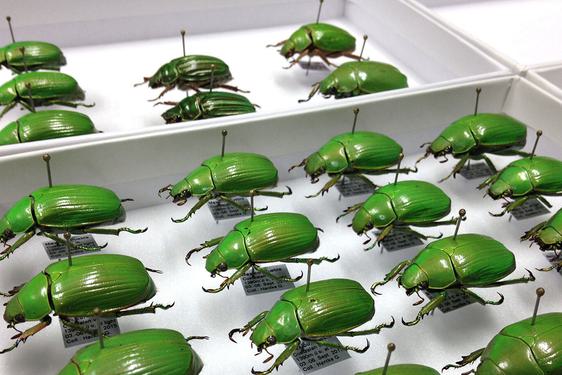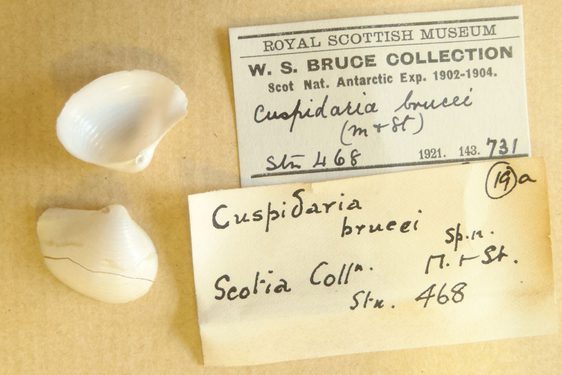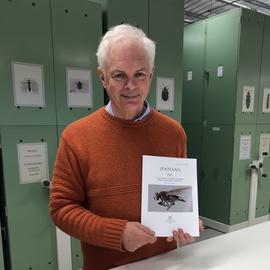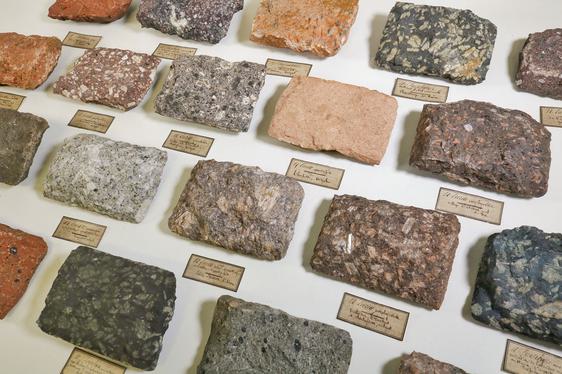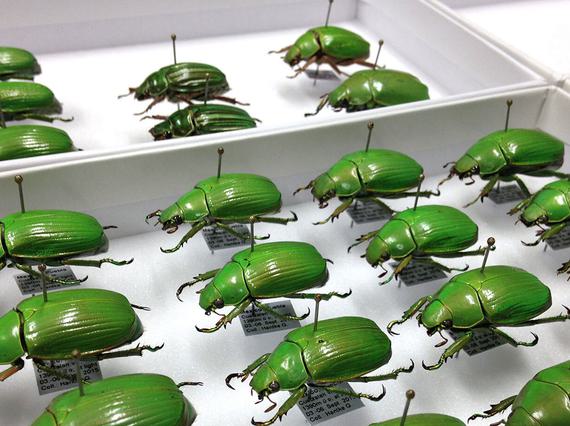
Natural Sciences
Invertebrates
Our Invertebrate collections date from the mid-1800s and include samples of many different groups of animals.
Our Invertebrate collections contain the largest number of specimens in the museum. They can be broadly divided into:
- Insects (Entomology)
- Marine Invertebrates (including sponges, jellyfish, shrimps, crabs, worms, bivalves, gastropods, octopuses, and sea urchins).
In addition there are discrete collections of other terrestrial forms (e.g. spiders and millipedes) and freshwater invertebrates (e.g. snails). The collections are separated into wet preserved specimens, dried specimens and models, and microscope slides.
Meet the team

Dr Vladimir Blagoderov
Principal Curator of Invertebrates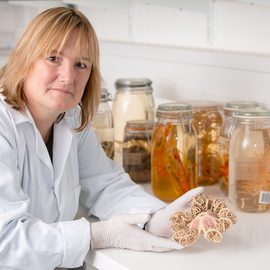
Fiona Ware
Curator of Invertebrate Biology
Sankurie Pye
Curator of Invertebrate Biology- she/her

Ashleigh Whiffin
Curator of Entomology - she/her
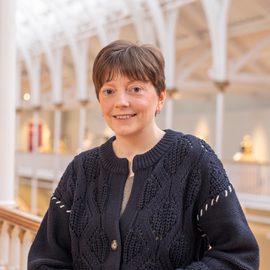
Angela Robb
Assistant Curator of Fluid Collections - she/her

Kate Holub-Swindell
Assistant Curator Entomology
Research Associates
Natural Sciences news and stories
- Discover
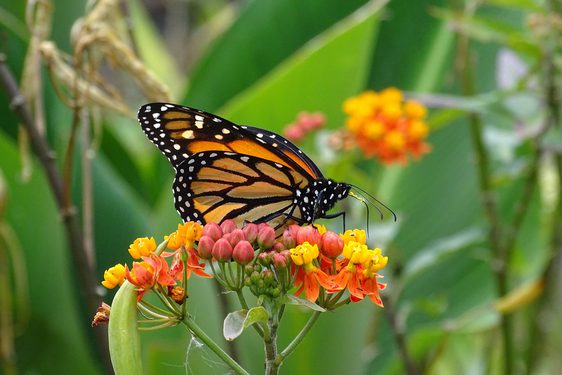
The incredible migration of the Monarch Butterfly
The migration of Monarch butterflies in North America is one of the greatest natural phenomena in the world. It is unusual to see this butterfly in Britain, which makes it our rarest migrant butterfly. - Discover
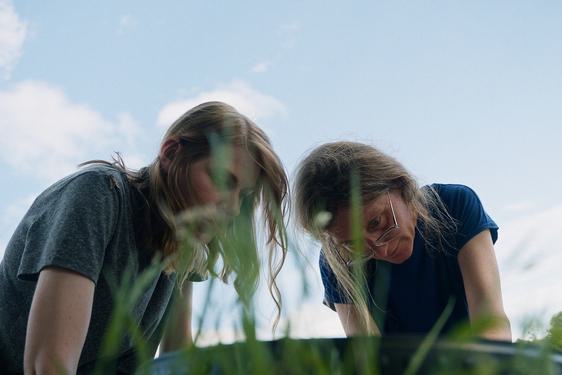
Collecting moths in East Lothian
Alice Balfour collected moths in East Lothian in the late 19th and early 20th century. Explore what we can learn from Alice about biodiversity, and what it's like as a woman working in entomology today. - Discover

What's in a firework? Minerals that bang
Written by Emily BrownSo, you light a firework, you stand back and WHOOSH, off it shoots into the air. A few seconds wait and then BOOM, the firework explodes in a shower of coloured sparkles raining down from the sky. To get this sequence of events, you need…
